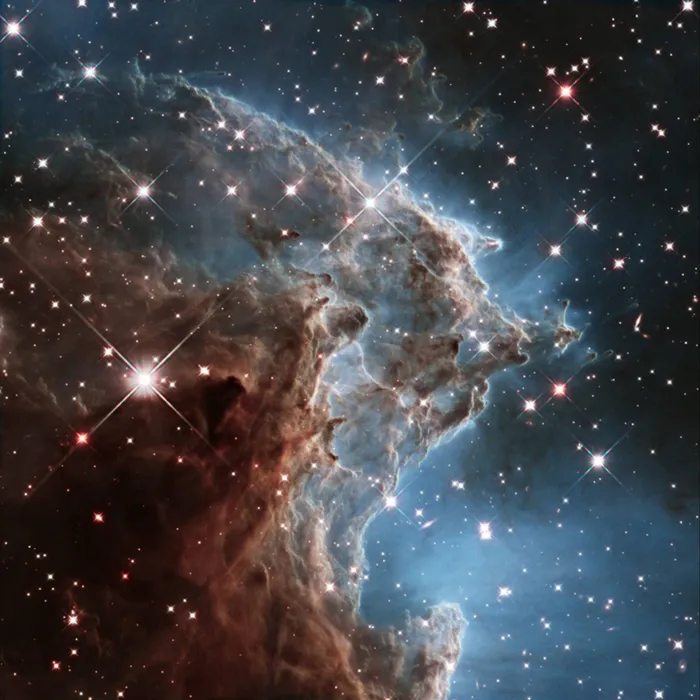3D map of universe to uncover mysteries

This infrared image made by Hubble shows part of NGC 2174, the Monkey Head Nebula. The structure lies about 6400 light-years away in the constellation of Orion (The Hunter). Picture: NASA/ESA/Hubble Heritage Team (STScI/AURA) via AP This infrared image made by Hubble shows part of NGC 2174, the Monkey Head Nebula. The structure lies about 6400 light-years away in the constellation of Orion (The Hunter). Picture: NASA/ESA/Hubble Heritage Team (STScI/AURA) via AP
Hundreds of scientists have made the biggest ever 3D map of the universe and could uncover some of its biggest mysteries.
The huge map has let experts precisely measure Dark Energy, the mystery force that's causing the universe to expand at an increasing speed.
The map amounts to a huge survey of the universe. And using it they will be able to see just what that Dark Energy is doing, by looking at the changes that are taking place.
Dr Rita Tojeiro, from the University of St Andrews in Scotland, who co-led the international team, said: “Over the last decade we have prepared and conducted the largest survey of the universe yet.
“By measuring the positions of 1.2 million galaxies over one quarter of the sky, we mapped the threedimensional structure of the universe over a volume of 650 cubic billion light years. Using this map we were able to make some of the crispest measurements yet of how Dark Energy is driving the expansion of the universe.”
Hundreds of scientists worked together in a British-led team to pull the map together. The work relied on the Baryon Oscillation Spectroscopic Survey, or Boss, which looked at “pressure waves” that travel through the universe.
They can be understood like sound waves, which leave an imprint on the universe. The scientists could look at those waves in the cosmic wave background, which is the afterglow left from when the Big Bang gave birth to the universe.
“We see a dramatic connection between the sound wave imprints seen in the cosmic microwave background 400,000 years after the Big Bang to the clustering of galaxies 7-12 billion years later,” said Dr Tojeiro. – The Independent